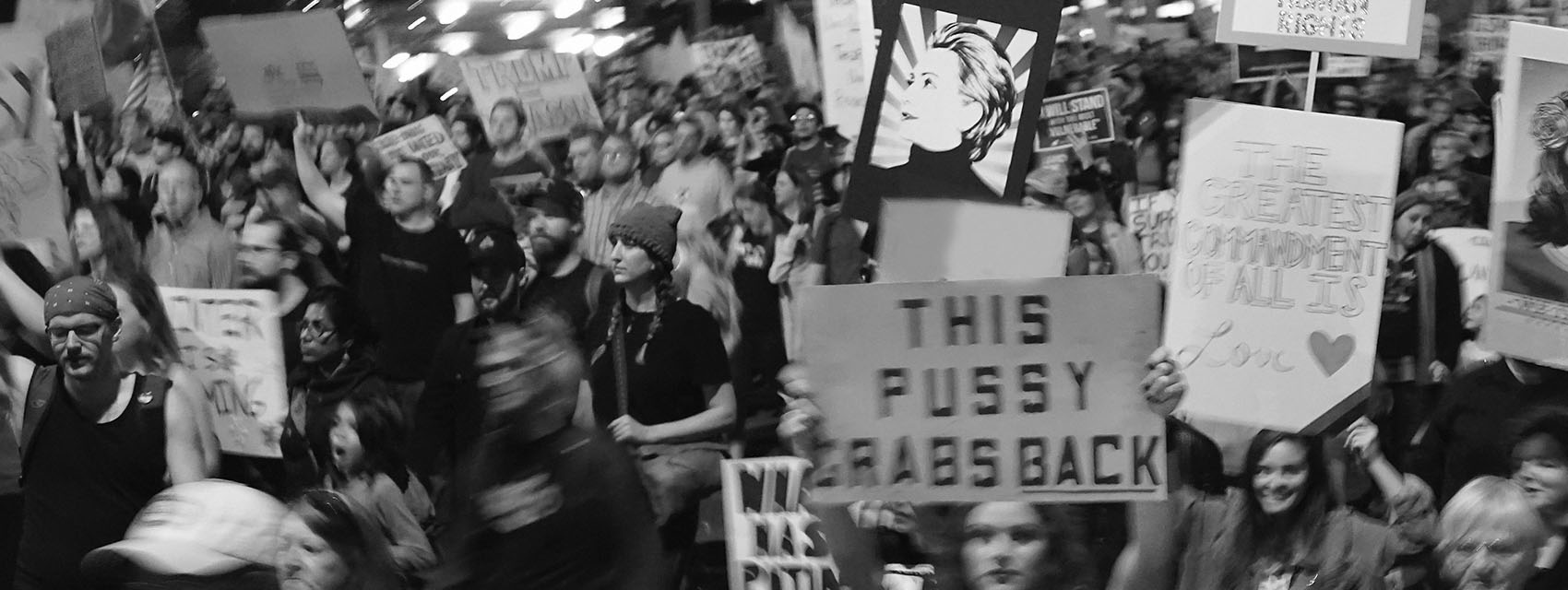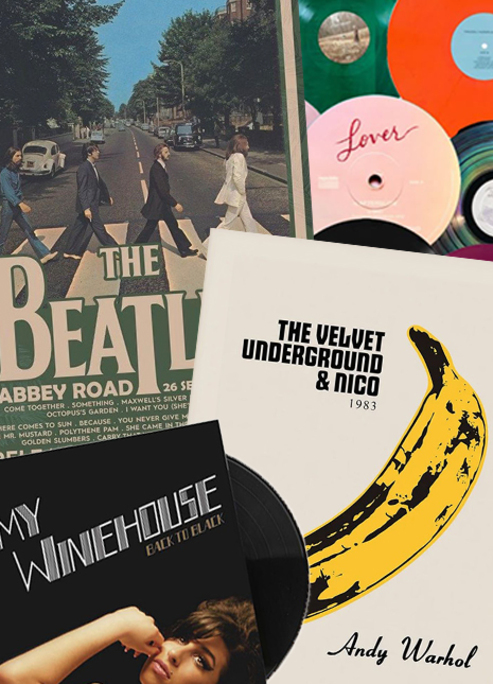Things Learned From The #MeToo Movement
Its first anniversary.
The “#MeToo” movement turns one year old this week. In October 2017, the #MeToo movement has gone viral with a single hashtag on the social media platform, Twitter, and then took turn beyond our screens; it was used to shed light on the magnitude of sexual harassment and assault that women face. Although the phrase itself, “Me Too” was used years ago in 2006 by the American social activist Tarana Burke when she created the campaign, it became popular with the hashtag used by Alyssa Milano in regards to the several allegations of Harvey Weinstein’s sexual misconduct that were covered in a story by the New York Times. Since its up-rise, the movement has received both good and bad coverage and elicited many conversations, and still does. As #MeToo turns one, we made a list of some of the things that we have learned from it.
The patriarchy needed, and still needs a shake-up:
If you’ve been sexually harassed or assaulted write ‘me too’ as a reply to this tweet. pic.twitter.com/k2oeCiUf9n
— Alyssa Milano (@Alyssa_Milano) 15. Oktober 2017
As the movement is against sexual harassment in all its nature everywhere, it had a particular statement about these behaviors in the workplace, which is predominantly controlled by men. The ones in control had to think twice before acting in any inappropriate way to their colleagues or employees because it’s “hush-hush no more.”
The truth does come out, eventually:
As the movement is against sexual harassment in all its nature everywhere, it had a particular statement about these behaviors in the workplace, which is predominantly controlled by men. The ones in control had to think twice before acting in any inappropriate way to their colleagues or employees because it’s “hush-hush no more.”
It was an opportunity to speak up about many other issues:
The goal of #MeToo was very clear: to talk about sexual harassment comfortably, as it was not discussed enough. However, to be able to talk about such an issue, there were other layers that needed to be addressed. Sexism in everyday life and the workplace, inequality in salaries, misjudgment on assault victims, vague laws against sexual misconduct in some countries, and many other topics became crucial to open up.
It also brought up a conversation about traumas and mental health based on the statements of the victims of sexual harassment and their road to recovery, as well as due to the analysis and cases of the perpetrators.
Women are not the only ones who face sexual assaults and misconducts:
Men and boys face sexual misconduct too by either someone from their same gender or the opposite. The 2015 political #HimToo hashtag re-emerged, but with a new meaning: to emphasize the existent of male victims which needs to be acknowledged.
There are different degrees of sexual misconduct:
Due to the popularity of the hashtag and then the multitude of allegations that came after it, many lines were been blurred regarding the level of assault and its punishment. Any and all misconduct of that kind is not only inappropriate but unacceptable, however, not all deserve the same punishment, but all deserve to be spoken about.
Men in Power Continue to prevail:
After being accused by multiple women for sexual harassment and then admitting to it, Louis CK stepped back from the scene for nine month. One might say that it was enough time, but was it really? He comes back to perform comedy on stage as if nothing ever happened. And how can we not mention Brett Kavanaugh? The supreme court’s nominee, who received charges from three women for sexual assault, but got cleared because of not having solid enough proof.
What consent means:
Without having a verbal consent, which means a “yes” or “no”, it is wishy-washy territory. As much as we want consent to be as simple as black and white, it isn’t. There are verbal cues and the habit of a “playful no”. But as an advice, if you have to ask yourself about whether it’s right or wrong then do not do it, unless both parties agree. “No” does not mean maybe!
It is never the Victim’s Fault:
It is absurd that people still think that it must have been the victim’s fault. No matter what the person is wearing, it’s never the victim’s fault. She was not “asking for it”.
If we unite, change is attainable:
The hashtag has been used worldwide, and translated to various different languages. The topic came up not only in the US, but wherever there were women, which is pretty much the whole world. The magnitude of responses, emotions, encouragement to speak-up are what made this movement echo through borders, proving that if we are united, we are a force to make a change.
However,
It takes more than tweets and a hashtag to change:
One year ago I recorded this for my daughter, explaining why I shared my story of sexual assault. I never expected to release it publicly. Now, I feel it’s too important not to share. #MeToo
— Alyssa Milano (@Alyssa_Milano) 15. Oktober 2018
Dear Elizabella,
I love you so. I will fight so you don’t have to.
Love, mama pic.twitter.com/TYk5XXFksY
Social media has proven once again its power and importance in today’s world of spreading information, regrouping people and raising awareness. Although #MeToo started online, it doesn’t mean that it has to stay there; it means the opposite. Raising awareness and admitting that there is a problem are the first steps leading to change. What comes next is more important, because words without actions are just useless as the time passes.
No matter the—inevitable—backlash that #MeToo has received, and is continuing to, it was a moment for many people who found their voices and pride again who have been struggling or afraid for the longest time. It took different routes, it created many sub-conversations, and some may think it was taken “too far” with a vortex of allegations that were not always truthful, but it started an important conversation that we should not let die out, but instead continue to spread for change to come.
Next up, Spy-Cam Porn protests in South Korea.












